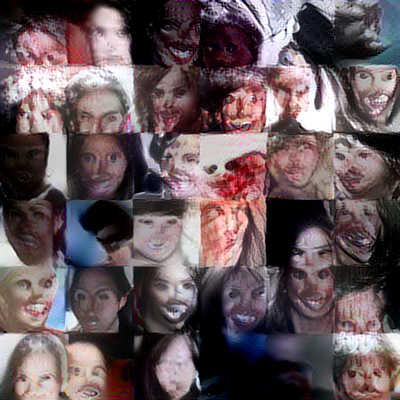Just in time for Halloween, a team of researchers has announced the launch of the “Nightmare Machine,” a series of algorithms put together in hopes of finding the root of fear.

The Nightmare Machine requires users to submit portrait photos, which are then subjected to the aforementioned algorithms for the purpose of modifying the image into something a bit more terrifying. Users are then asked to vote on whether the updated image is scary/not scary, and that data is then applied to the Nightmare Machine to help it better understand what adjustments can be made to turn a normal image into something truly terrifying.
Such image modifications include things like adding more teeth, adjusting skin tone so that it appears more pale, and applying a darker background. With enough data, the researchers believe they will be able to hone in on the visual sum of human fears.

Worth noting is that MIT also used Google’s DeepDream method to create horrifying portraits of famous locations around the world. For those unfamiliar with DeepDream, it’s a computer vision program launched by Google last year which uses a convolutional neural network to discover and modify patterns via algorithmic pareidolia; the result is a dreamlike hallucinogenic appearance of the original image.
You can see some of the results of the collaboration between DeepDream and the Nightmare Machine below, using famous landmarks from around the world:
Saint Basil’s, done in the style of “haunted”
Capitol Hill, done in the style of “toxic”
Louvre Museum, done in the style of “inferno”
The project is certainly a fun one to partake in, and its timely release is perfect for Halloween, but worth pointing out is how this project signifies the rapid pace with which AI technology is progressing. Case in point: the two main techniques used in this project — style transfer and generative adversarial networks — were published in peer-reviewed papers just last year. Today, they’re both easy enough to implement in a novelty project by three computer scientists at a University.
Style Transfer: A technique of recomposing images in the style of other images via convolutional neural networks.
Generative Adversarial Networks: Neural networks specifically trained in an adversarial manner to generate data mimicking some distribution.
Participate in the Nightmare Machine yourself, or check out some of the pictures generated thus far via the project’s Instagram account.
Via Quartz
Advertisement
Learn more about Electronic Products Magazine





